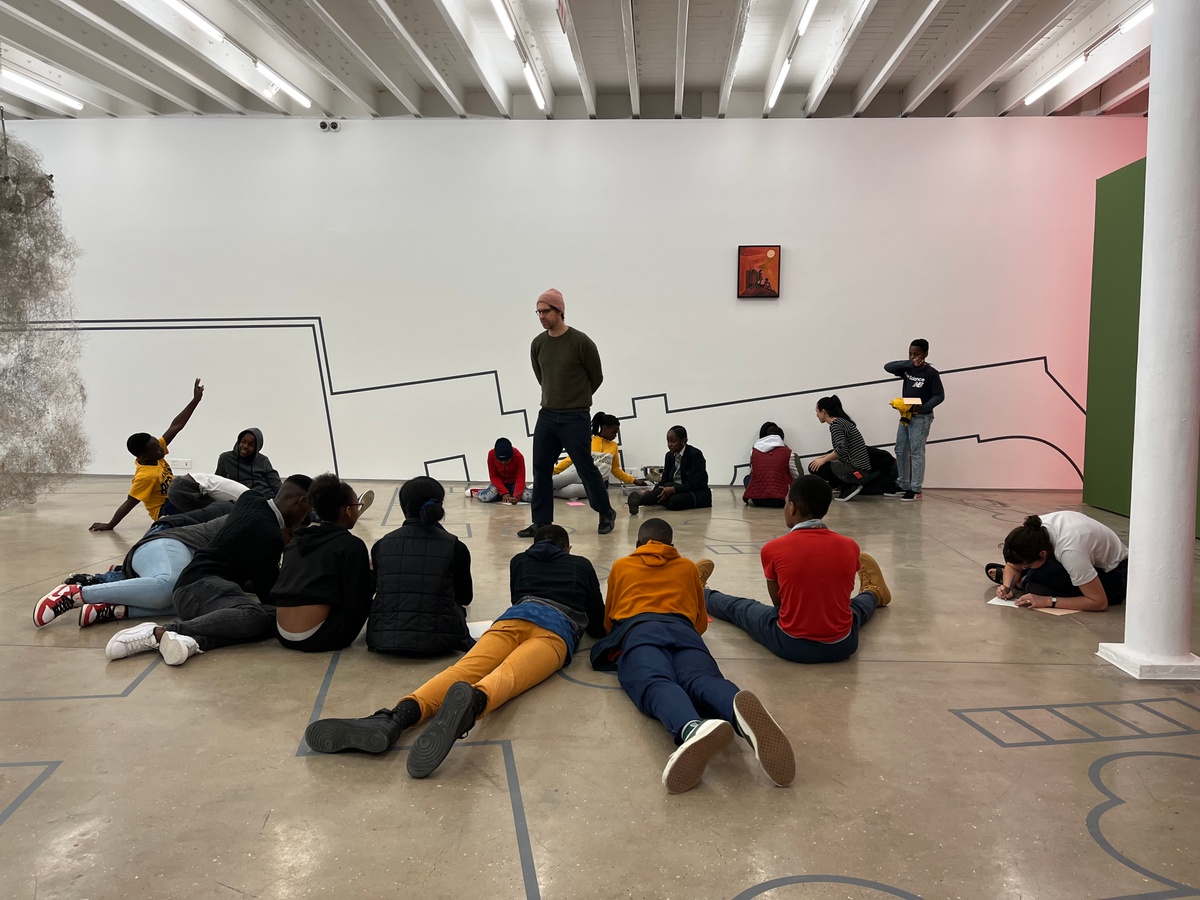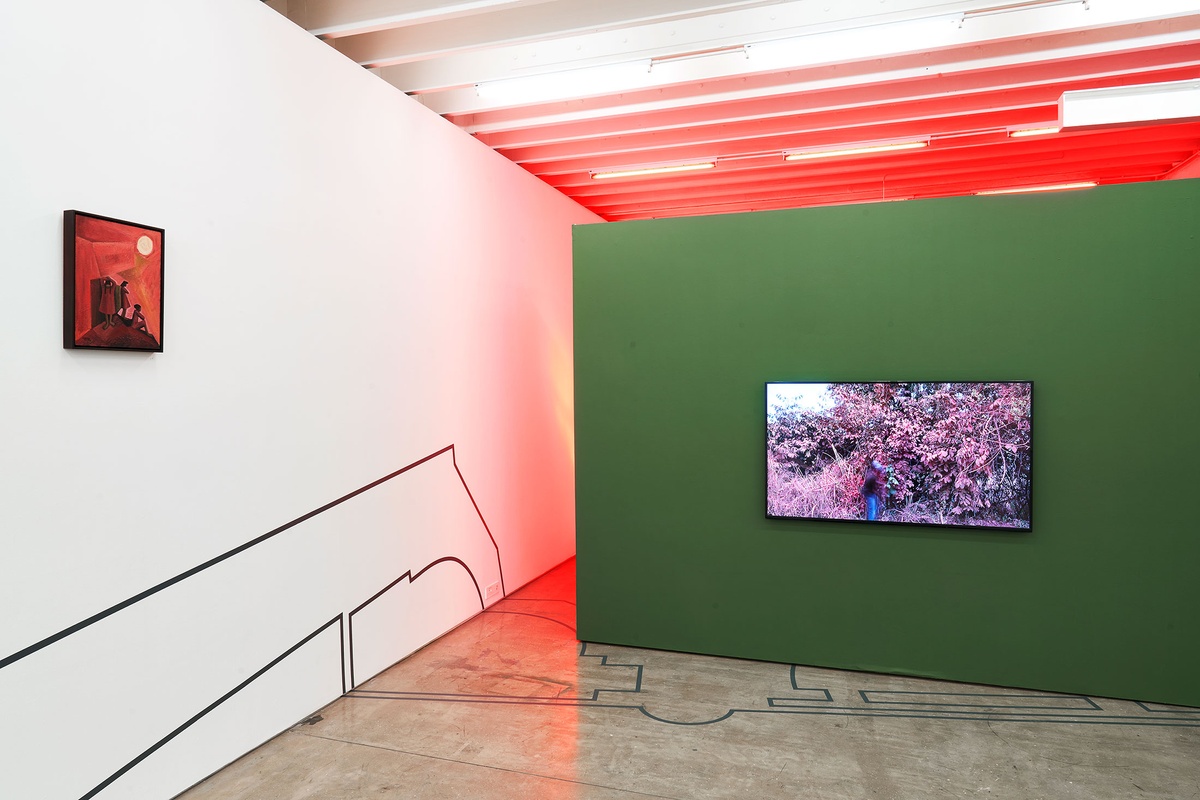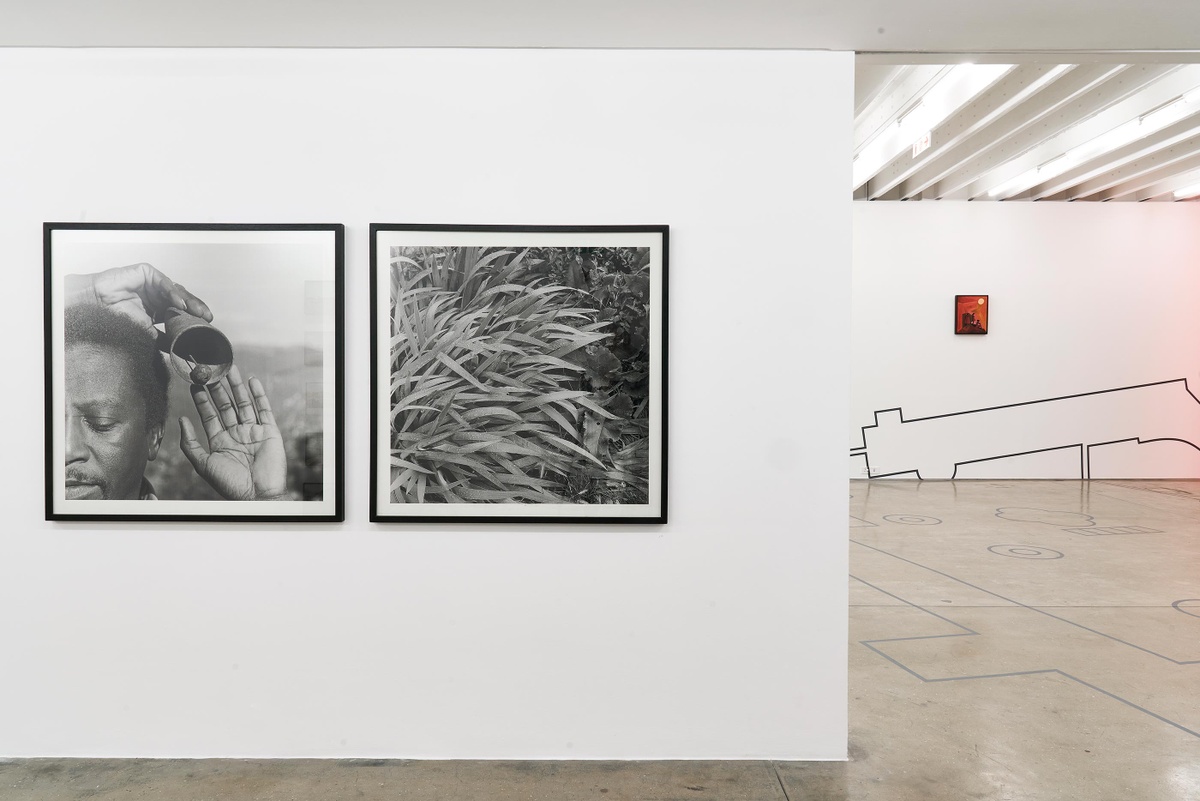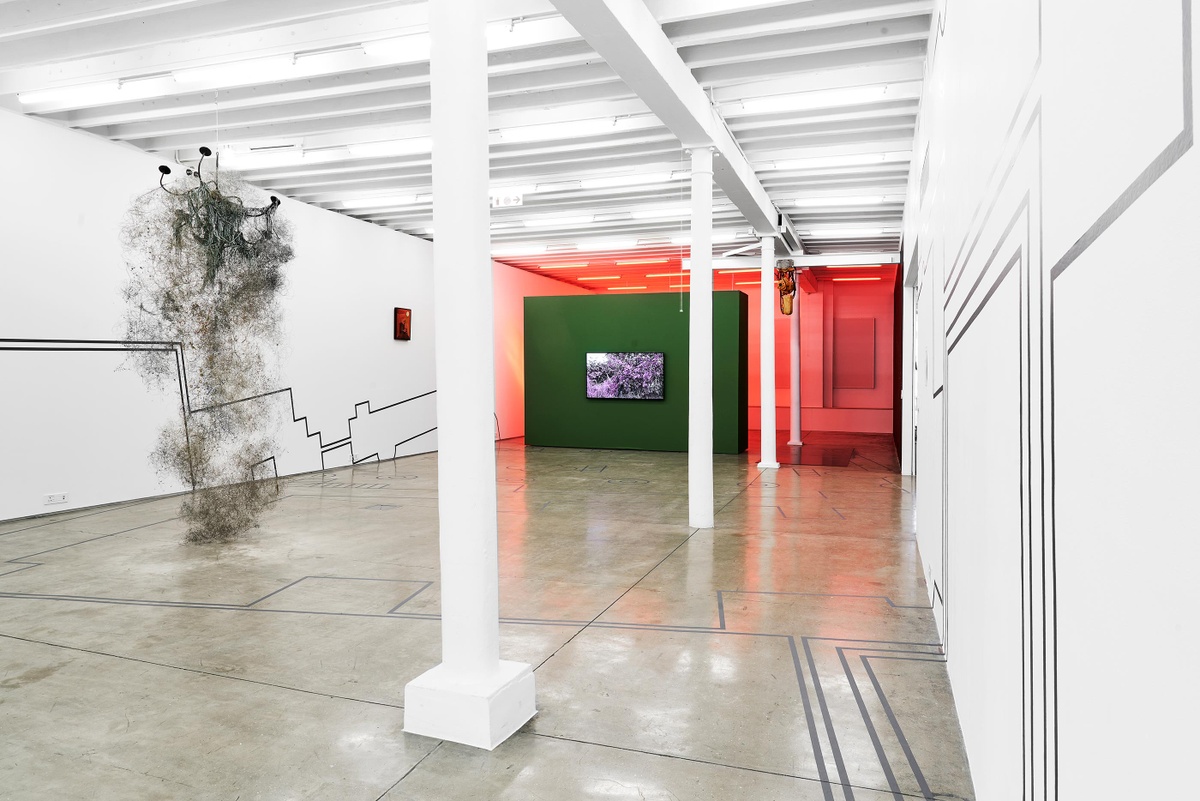Peter Clarke
Anxiety is a study in despair; the brilliant red that dominates the composition saturated, the artist said, with “hot blazing anger and frustration.” In 1967, Simon’s Town was declared a whites-only suburb under the Group Areas Act. For five years, Clarke's community persisted in a state of uncertainty, waiting for the final notice. Painted during this time, Anxiety transcribes – in the artist's words – a “social expression"; the image charged with the emotive intensity of their shared predicament.
b.1929, Simon's Town; d.2014, Ocean View
The late Peter Clarke’s paintings, prints, and poems offer an intimate window into life under the apartheid regime and the country's imperfect transition to democracy. An artist acutely sensitive to the poetics of the ordinary, Clarke played the role of ‘quiet chronicler’ and found in the domestic, everyday scenes around him a reflection of the historic moment. The many scenes Clarke depicted – both urban and rural – are at once document and symbol, as much images of place as they are of feeling. “I’ve been interested in space for a very long time,” he said of his peopled landscapes, “the spaces that separate people. The spaces that people have to traverse.” Such considerations would become particularly urgent to the artist. Clarke and his community were forcibly removed from their homes in the seaside suburb of Simon's Town to Ocean View in 1972.















